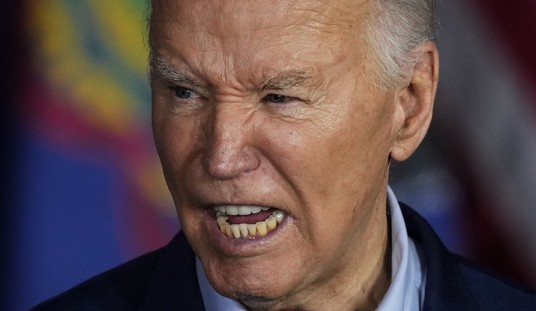Did you hear the story about the railroad station agent in the 1800s? A parcel arrived. But remained unclaimed for months.
Finally, the agent opened it to discover dozen of watches. He put them out for sale, and they went immediately at a good price. Turns out, sunup and sundown were the only time of day you needed to know until railroads began lacing the countryside with scheduled arrivals and departures.
The agent quit his job and began riding trains with a suitcase full of watches. Sold out all the time. He couldn’t keep up. So, he opened an office and began selling watches by mail.
His name was Richard Sears. He hired a watchmaker named Alvah Roebuck. They changed the way Americans lived when they created the first Amazon long before Jeff Bezos was even born.
American history is full of those kinds of rich, engrossing stories of successes and valiant failures that have combined to shape the place and the way we live now.
Never mind who was president when. That rote stuff is not as fascinating as the intricate details of our social history.
How did we become an actual nation? What did Interstates do besides up the speed limits? Why did chains drive out Mom and Pop stores? What do individual holidays reveal about our shared values?
Feels good to know the little and large tales that fill our 247 years of innovative national history.
It’s chockful of these people who made this vast place what we go along living in today without knowing hardly any of what makes the United States unique and worth preserving.
Sadly, that’s because U.S. schools are not teaching American history much anymore. History is old stuff — until it surprises by happening again because you didn’t see it coming.
I found a new Gallup Poll that documents that stunning ignorance. And it got me thinking.
If you don’t know what you’ve got, if you don’t appreciate its worth, then why bother protecting it, preserving it, teaching our young people about it? Or someday fighting to keep it? I fear that’s where we’re blindly headed without even realizing.
When I was a boy in the 1950s, I very much wanted a four-band Hallicrafters S-38D shortwave radio to listen to the world. It took me two years of weekend and after-school chores to earn that much money. I still have that radio. Because I know what it took to get it.
So that’s what I discuss in this week’s audio commentary.
Here’s how you can get the books I mention. Go to Abebooks.com and search Daniel Boorstin. His highly readable trilogy “The Americans” will show you the way. I especially recommend the second volume, “The National Experience.”
The most recent audio examined some of the seismic changes occurring in the American workplace these days. They include work from home. But now it looks like the most radical change in a century is coming: The four-day workweek.
This week’s column drew a lot of attention. It looks at Joe Biden’s surprising decision to share the vast U.S. cluster bomb inventory to help Ukraine resist the Russian invasion.
What Biden did not anticipate, perhaps, was what his decision also revealed about the state of our own defense supply situation. Not the first time the Biden crowd has presided over a national shortage.
But this one is scarier than a shortage of infant formula.
For fun, we’ve started to post an occasional series of memories culled from my nearly six decades in the news business and eight decades of life.
Hopefully, they’ll recall a common past for some but also reveal how our country has changed over this time, maybe shed a little light on where we are and where we might be going.
Here’s the first one. None of them will be behind the paywall. So, feel free to share.
Biden is off to Europe again. Mainly to a regular meeting of NATO allies. Turkey finally dropped its objections to Sweden’s entry. So, soon there will be 32 members in the most successful alliance in a very long time.
Predictably and sadly, our president is gaffing it up at every stop. Here. Here. And Here. And one big unanswered question: Why does Joe Biden walk that way. It’s an old man’s gait, for sure, short shuffles to prevent falls that don’t seem to work for him.
But why are his arms pinned to the side like that? Like he’s holding something tight inside his jacket.
He wants to continue doing this until January 2029.













